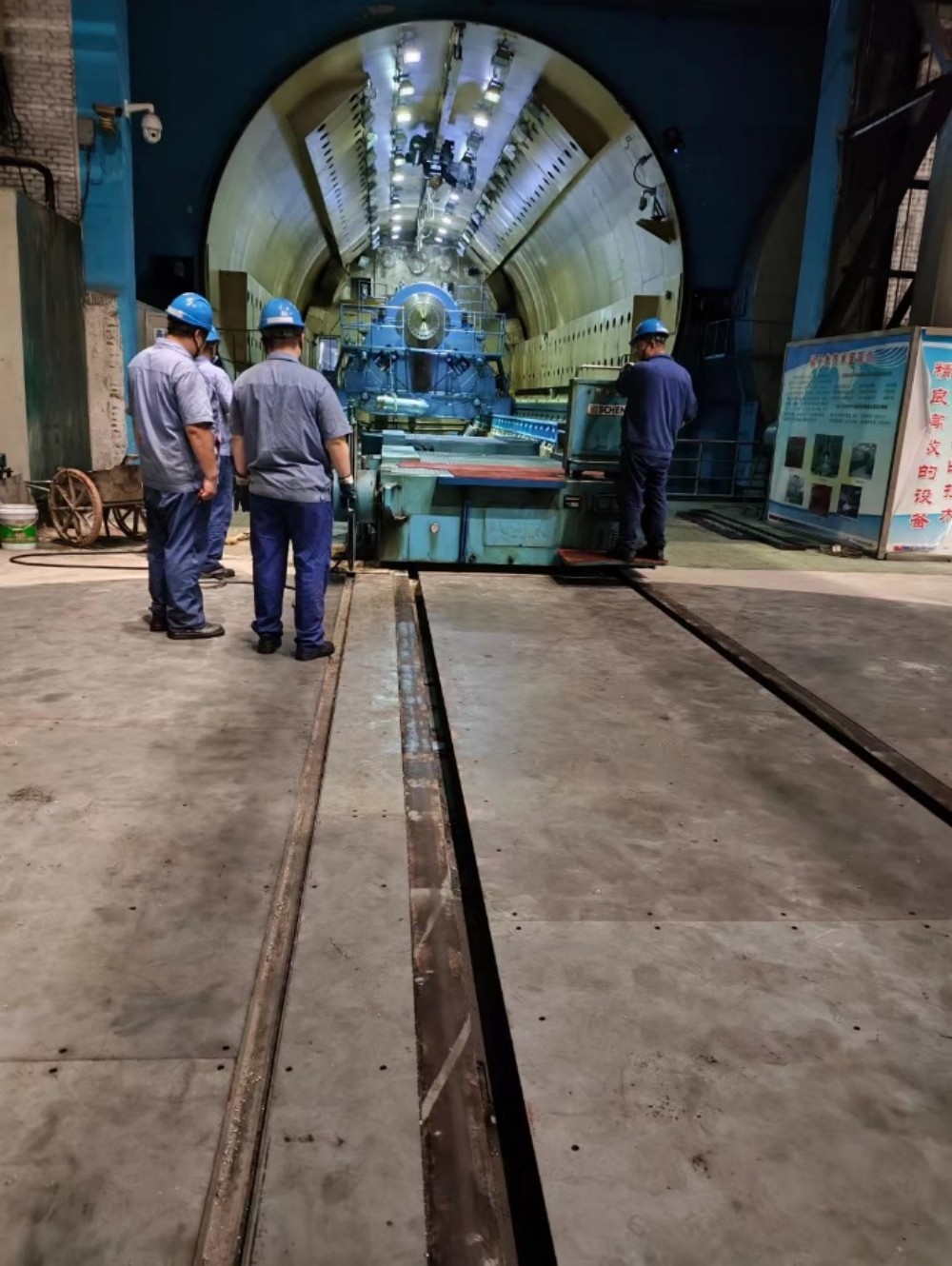Starting a new business venture is an exciting and challenging endeavor. One of the critical factors that can make or break a startup is the amount of capital it raises. Determining the right amount of funding is crucial for the success and sustainability of any startup. In this blog post, we will delve into the factors that influence the capital requirements for a startup and provide insights on how to calculate the optimal funding needed.
- Understanding the Nature of Your Startup:
The capital requirements for a startup largely depend on the industry, business model, and growth strategy. Different sectors have varying cost structures, market dynamics, and scalability potential. For instance, a technology-based startup may require substantial upfront investment in research and development, while a service-oriented startup may have lower initial capital needs. It is essential to thoroughly analyze your business model and industry landscape to estimate the capital requirements accurately. - Identifying Key Cost Components:
To determine the capital needed, it is crucial to identify and analyze the key cost components of your startup. These may include:
a) Product Development: If your startup involves developing a new product or technology, you need to consider costs related to research, prototyping, testing, and intellectual property protection.
b) Operations: This includes expenses related to infrastructure, equipment, technology, employee salaries, marketing, and administrative overheads.
c) Market Entry and Expansion: If your startup aims to enter new markets or expand its reach, you need to factor in costs associated with market research, market entry strategies, distribution channels, and customer acquisition.
d) Legal and Regulatory Compliance: Compliance with legal and regulatory requirements is essential for any startup. Consider costs related to licenses, permits, patents, trademarks, and legal consultations.
- Conducting a Detailed Financial Analysis:
Once you have identified the cost components, it is time to conduct a detailed financial analysis. This involves estimating the initial capital required to cover startup costs and calculating the working capital needed to sustain operations until the business becomes self-sustainable. Consider the following factors:
a) Fixed Costs: These are expenses that remain constant regardless of the level of production or sales. Examples include rent, utilities, insurance, and salaries.
b) Variable Costs: These costs fluctuate with the level of production or sales. They include raw materials, direct labor, packaging, and shipping expenses.
c) Cash Flow Projections: Develop cash flow projections for at least the first two years, considering revenue streams, expenses, and potential funding sources. This will help you determine the amount of capital needed to bridge any cash flow gaps.
d) Contingency Planning: It is wise to include a contingency buffer in your capital requirements to account for unforeseen expenses or delays in generating revenue.
- Exploring Funding Options:
Once you have determined the capital needed, it's time to explore funding options. These may include:
a) Bootstrapping: Self-funding the startup using personal savings or assets.
b) Friends and Family: Seeking investment from close acquaintances who believe in your business idea.
c) Angel Investors: High-net-worth individuals who provide capital in exchange for equity or convertible debt.
d) Venture Capital: Institutional investors who provide funding to startups with high growth potential.
e) Crowdfunding: Raising funds from a large number of individuals through online platforms.
f) Government Grants and Subsidies: Exploring grants and subsidies offered by government agencies to support startups in specific industries.
Conclusion:
Determining the optimal capital needed for a startup requires a comprehensive understanding of the industry, business model, and financial projections. By carefully analyzing the cost components, conducting a detailed financial analysis, and exploring various funding options, entrepreneurs can make informed decisions about the amount of capital to raise. Remember, raising too little capital can hinder growth, while raising too much can dilute ownership. Striking the right balance is the key to success in the startup world.






